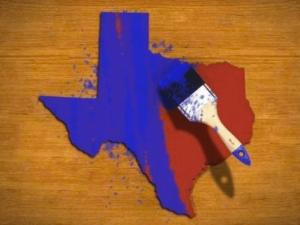By John Kanelis / johnkanelis_92@hotmail.com
This needs to be said, so I’ll say it.
Texas Democrats keep telling us the state is about to “turn blue,” yet the state’s roster of elected statewide officials remains Republican. However, I do believe in the theory being kicked around that the Lone Star State’s population is shifting inexorably toward a more competitive political environment.
Let’s consider two key election cycles: 2018 and 2020.
The mid-term election of 2018 produced a near upset of astonishing proportions. Democrat Beto O’Rourke came within a slice of brisket of knocking off Republican U.S. Sen. Ted Cruz three years ago. He lost by, oh, just this much. O’Rourke got Democrats’ hearts to flutter.
Then came the 2020 presidential election. Donald Trump carried the state over Joe Biden and won its 38 Electoral College votes. But … Trump’s victory margin was less than half of what he earned against Hillary Clinton in 2016 and less than a third the size of the victory Mitt Romney posted against President Obama in 2012.
What does any of this portend? It might be a precursor to Democrats scoring the major electoral breakthrough for which they have been lusting.
Or … it might not.
I am going to go with the former theory.
Population trends do tend to take on lives of their own. Texas’s shift from solidly Democratic to solidly Republican has been followed by another — more nuanced — change. We are becoming a majority-minority state, meaning that ethnic minorities will comprise a majority of the state’s overall population.
I want the state to become competitive. I dislike having one party standing like a colossus over the landscape, especially when that party — the Republican Party — is dominated by assorted fruitcakes, wackos and nut jobs.

